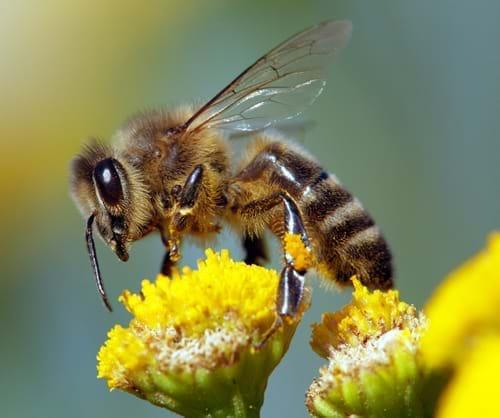
The most common reaction to a stinging insect is redness and swelling at the site of an insect bite. However, some people who are allergic to stinging insect venom are at risk for a much more serious reaction. This life-threatening reaction is called anaphylaxis (an-a-fi-LAK-sis). It is also important to have an accurate diagnosis so you can manage your condition and be prepared for an emergency. An allergic reaction occurs when the immune system overreacts to an allergen. In stinging insect allergy, the allergen is venom from a sting. Most serious reactions are caused by five types of insects; yellow jacket, white and yellow hornets, wasp, and honeybee.
Most people develop pain, redness and swelling at the site of an insect sting. This is a normal reaction that takes place in the area of the bite. A serious allergic reaction occurs when the immune system gets involved and overreacts to the venom, causing symptoms in more than one part of the body such as:

If you think you might be allergic to stinging insects, an accurate diagnosis is essential. An allergist has specialized training and skills in determining the cause of your symptoms. Your allergist will conduct a thorough health history followed by allergy testing to determine what, if any, allergens put you at risk for serious reactions to stinging insects.
Immunotherapy (allergy shots) is a very effective long-term treatment for stinging insect allergy. Your allergist will give you shots containing small doses of your allergen, allowing your body to build a natural immunity to the trigger. The risk of an allergic reaction to a stinging insect significantly reduces with allergy injections.